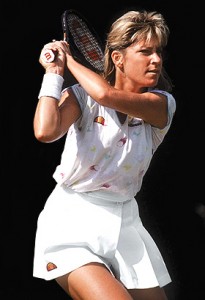Counting Down the 15 Greatest French Open Champions of the Open Era… 1
Thoughts now turn to the red clay of Stade Roland Garros––the next Grand Slam championship on the calendar.
The French Open begins on May 22 following the Masters 1000 tournaments in Madrid and Rome.
The French Open has often presented obstacles to many of the top players. Pete Sampras never won on the red dirt nor did John McEnroe, although he came very lose in 1984.
Maria Sharapova could never capture this title and the Williams sisters never found the dirt to their liking, although Serena Williams did win the title in 2002 with her sister Venus as the runner-up.
In all eight men and seven women have won multiple championships since the Open Era began in 1968.
How do you measure the greatness of an athlete within their respective sport? What factors determine the degree of greatness over a period of time, be it years or decades?
Further, how do you determine who is number one in any given list or ranking?
First you must find a pattern and then you must determine the significant components of the ranking—does each factor merit being used as part of the overall equation? Sometimes it does, without question, like the score in a game. The highest or lowest score wins as in football or golf.
It is not always a simple task to determine who is the greatest because such discussions invariably have subjective components.
For this ranking, first consider the number of times a man or woman won the title. Add in as well the number of times a player made it to the French Open finals since 1968 (Open Era) as the initial demarcation of greatness.
To be considered the player must have won the French Open more than once since 1968.
It should be noted that Rod Laver did win this tournament twice in 1962 and 1969, once in the Open Era. He also made the finals in 1968.
Roger Federer made four consecutive finals from 2006-2009, winning the title once in 2009.
That just proves how difficult it can be to win this tournament multiple times as these 15 players have done.











